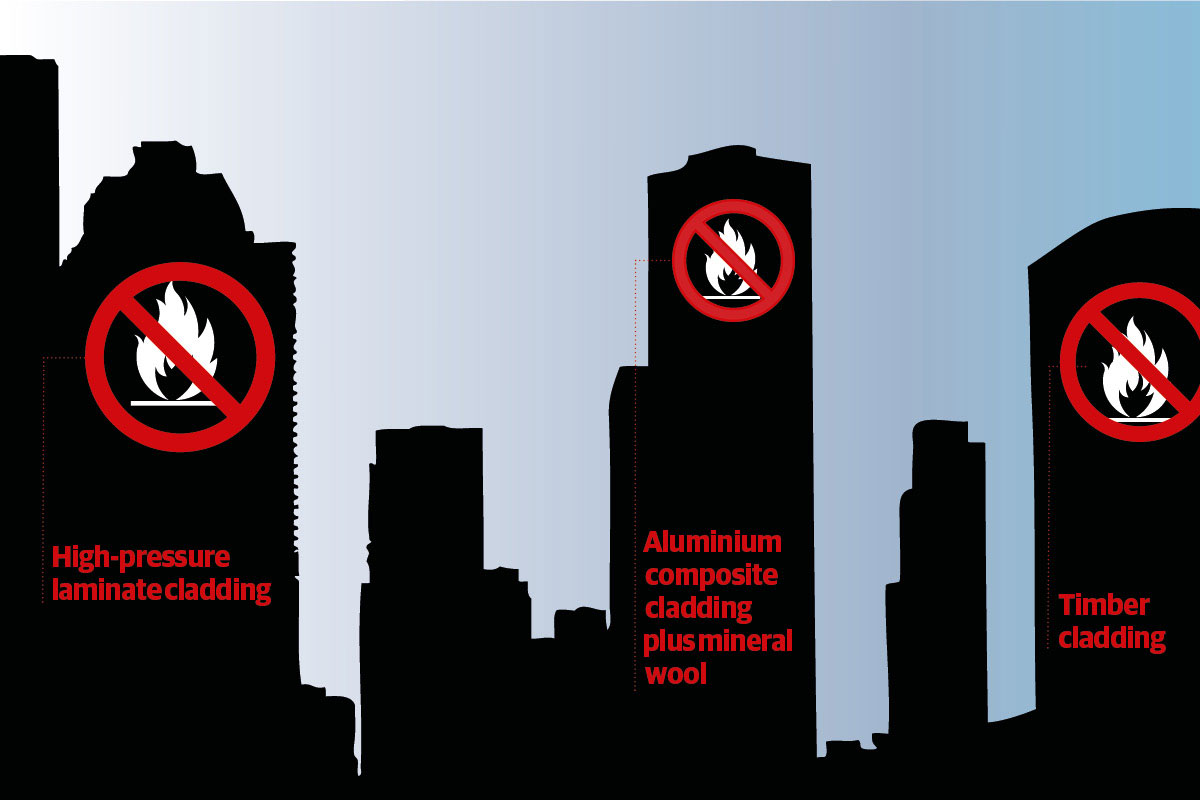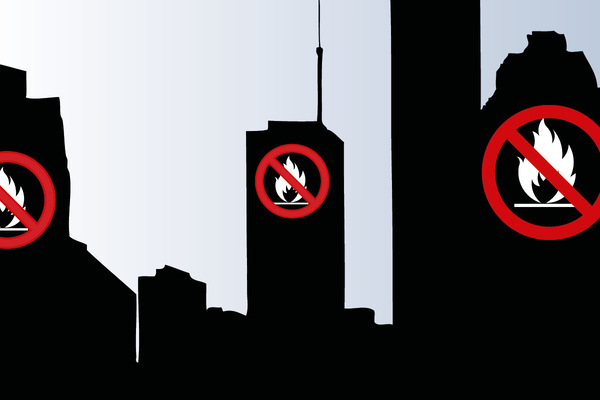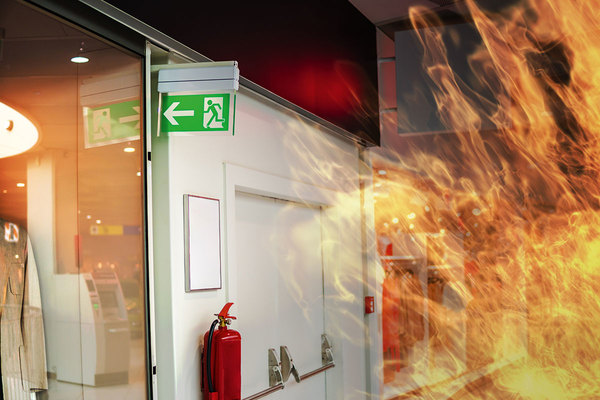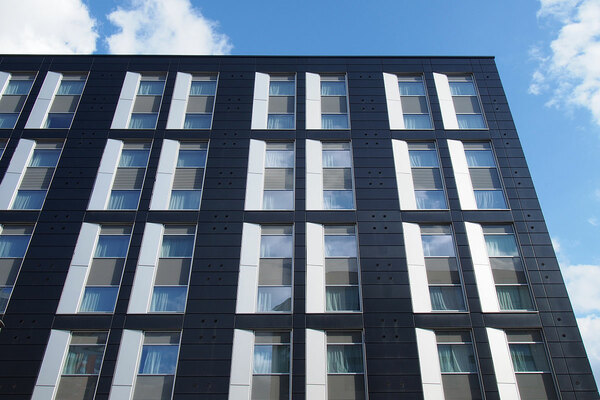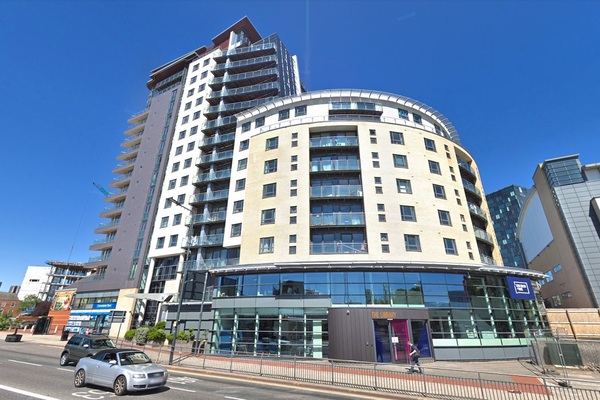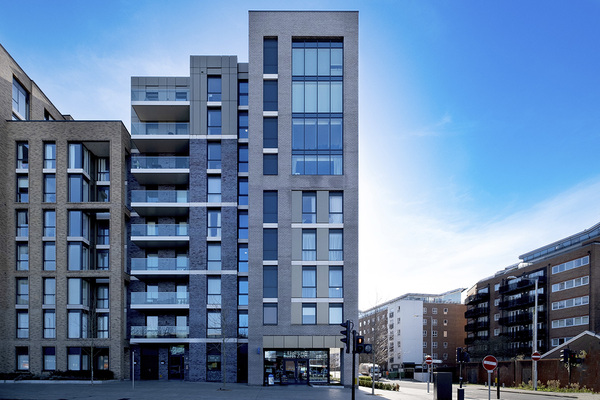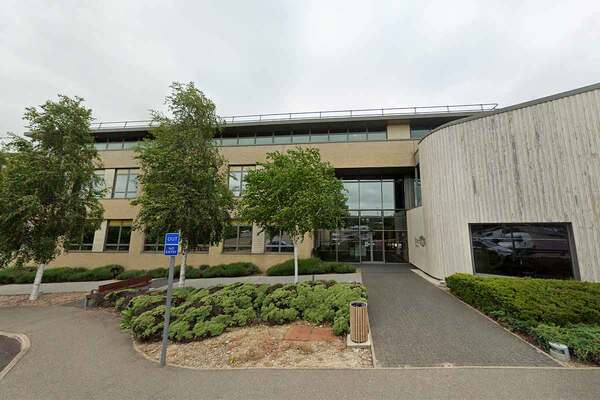You are viewing 1 of your 1 free articles
The cladding audit: why the government’s attempts to check high-rise facades is failing
Gathering data on building facades is proving to be a difficult task. Peter Apps finds out why
“In some other jurisdictions, building owners have been required to declare whether they have combustible cladding – a process prone to delay, limited disclosure, failure to identify cladding and/or malfeasance.”
This is a quote from the Victorian Cladding Taskforce, a body set up by the Australian state authority which has – in the aftermath of Grenfell – gathered information on the cladding installed on 2,227 buildings.
Unfortunately, one of the “other jurisdictions” it is referring to is the UK. Here, that data is still being gathered – with councils ordered to audit all the buildings in their areas by March this year. An exclusive snapshot of the data gathered so far, obtained by Inside Housing, proves it is not going well.
Freedom of Information (FOI) responses from 131 councils involved in the audit show that with three months before the deadline, 3,708 towers out of a total of 5,320 remain unidentified. There are also fears that the data we do have is not reliable.
So why is this happening? And what needs to be done to fix it?
The first thing to understand is that councils are reliant on the owners of the buildings to provide the information. They are not physically checking buildings; rather they are simply sending forms to building owners and recording the responses.
The first challenge here is establishing who exactly the building owner is. England’s complex system of property ownership means this is not always obvious. Buildings can be owned by shell companies that are difficult to contact and impossible to communicate with. Some are registered overseas.
“The idea that local authorities can quickly contact all the owners of private buildings and get information out of them is just unrealistic,” says Mark Baigent, a council consultant who has previously worked with east London borough Tower Hamlets.
But even once you do contact the owner, getting the information out of them is no easy matter. First, they themselves might not know what the exterior of the building is made out of.
“Building owners are rarely the people who built it in the first place; they probably don’t know the full extent of what’s behind the facade,” says Mr Baigent.
“They may have records from the developer, but they often don’t – people weren’t really asking these questions before Grenfell. Even where they do, there isn’t any guarantee those are accurate.”
As a result, a building owner may – intentionally or otherwise – respond to the survey saying they do not have combustible materials in their facade when they actually do.
There are inconsistencies in the data which suggest that this may be happening, particularly with regard to combustible insulation. In some areas this has been found very widely.
For example, of the 40 towers that had responded to Greenwich Council when Inside Housing submitted its FOI, 14 had combustible insulation (35%); in Reading it was 13 of 22.
But in many others it has not cropped up at all. None of the 24 towers in Sheffield, 29 in Gateshead or 57 in Sandwell were said to have any combustible insulation at all.
This, industry figures told Inside Housing, appears unlikely, given the ubiquity with which insulation is found on high rises – particularly around windows. Indeed, responding to a previous Inside Housing FOI in 2018, Gateshead Council said it had identified ‘Styroglaze’ insulation on window panels on two tower blocks in the city. The council was contacted for comment.
Checking these sorts of inconsistencies is difficult for councils. “If somebody’s saying it’s brick and it’s obviously not, that’s one thing,” says one senior local authority source. “But if somebody’s saying it’s mineral wool insulation behind a render, it’s hard to check that.”
Indeed, enforcement and checking powers available to councils are extremely limited. The Housing Act does give them the right to investigate, but these are slow, costly and subject to a high legal bar.
“You have to meet quite a high threshold and there is a lot of legal risk involved. You are making a change to the building, so if you caused a problem, you could be liable,” the source adds.
In numbers
91
Buildings with high-pressure laminate cladding, which was recently involved in a fire on a building in Bolton
3,708
Of a total of 5,320 buildings remain unidentified, according to FOI responses from 131 councils
167
Buildings identified with combustible insulation - although industry experts have questioned this figure, suggesting it is too low
56
High-rise buildings with timber cladding, according to FOI responses
12,000
High- rise buildings across England as a whole. Once the height threshold is lowered to 11m, a further 100,000 buildings come into scope
In Victoria, the data has been gathered using building surveyors who carried out assessments of each of the buildings in scope. But this is not the route we are using in the UK which does, to be fair, have a much larger number of towers to consider.
“At one point that’s what I thought MHCLG [the Ministry of Housing, Communities and Local Government] were going to do: have building surveyors go out and look at every building, but they realised it would have become very costly and time consuming,” says Mr Baigent. “In Tower Hamlets alone, you would have kept a surveyor employed for several years.”
Money is a limiting factor in other ways, too. While councils have been given ‘new burdens funding’ totalling £4m by government to cover the work, this is split between hundreds of boroughs. It is simply not enough to do a large number of inspections, especially in areas where there are thousands of unidentified buildings and timescales are tight.
“Some big London boroughs got only a couple of hundred thousand pounds and that really isn’t enough,” the local government source adds.
This is played out in the figures. In Tower Hamlets, for example, there are 700 buildings unaccounted for. In Westminster it is more than 1,000. This adds up to an awful lot of buildings where we don’t know what is on the facade.
To get this information, councils need powers as much as money. “There are no adequate powers [for] where building owners don’t engage and are not prepared to carry out intrusive inspections,” one London borough with more than 200 buildings left to identify tells Inside Housing.
“They may have records from the developer, but they often don’t – people weren’t really asking these questions before Grenfell. Even where they do, there isn’t any guarantee those are accurate”
“The Housing Act provisions only cover requests for existing information/documents. The carrying out of intrusive inspections in default of owners would have to be risk based and after a lengthy enforcement process.”
Despite the limits to the data gathering, what we do know so far is no cause for comfort. Of the 1,612 buildings identified in the snapshot data gathered by Inside Housing, 91 have high-pressure laminate cladding, 56 have timber and 167 have combustible insulation.
Scale this up across England’s total stock of high-rise buildings and you have 2,355 buildings that will require remediation. This is in addition to almost 450 tall buildings with aluminium composite material (ACM)
cladding and before some 100,000 buildings below 18m are considered.
The current programme of dealing with ACM has just under 450 buildings in scope, is progressing at a glacial pace and has cost the public purse £600m.
The crisis is going to get bigger, costlier and harder to deal with. But to know exactly how big, we need accurate data about the combustible materials on the outside of buildings. That is the first step. And right now, it is proving a step too far.
A spokesperson for MHCLG said: “Residents’ safety is our utmost priority and we have given councils funding to identify the cladding used on their buildings – we expect this to be completed without delay.
“Building owners, which are responsible for the safety of their buildings, must act to address any safety issues and we are supporting local authorities to enforce action where necessary.”
End Our Cladding Scandal: full coverage
- Government-funded advice agency tells leaseholders they are 'likely' to be liable for cladding costs: LEASE, the government's official advisory service for leaseholders, has been advising residents they are likely to be liable to pay bills for cladding removal
- Residents evacuated after fire at block with Grenfell-style cladding: Residents of Vallea Court in Manchester are forced to flee after a fire breaks out in a lift shaft
- Leaseholders in London block pay nearly £3.5m for cladding removal: Despite promises from ministers to protect leaseholders, residents of the M&M Buildings near Paddington have been told to pay out
- Minister's will have blood on their hands if another death occurs, says MP: A round-up of the parliamentary debate on providing funding to remove dangerous cladding
- Sector leaders call for an end to the cladding scandal: backers of the campaign explain why they are calling on the government to end the scandal
- #EndOurCladdingScandal – campaign launch sees cladding stories go viral: a round-up of the Twitter reaction to the launch of our campaign
- Revealed: the mental health trauma of residents in blocks with dangerous cladding: read about the mental health impacts of dangerous cladding on high rises
- Victims of the cladding scandal: read the stories of some of those impacted by the crisis
- Why we need a cladding fund for private buildings: Manchester Council chief executive Joanne Roney explains why a fund to pay for cladding removal is necessary
- Why Inside Housing is joining with leaseholders to call for an end to the cladding scandal: our deputy editor Peter Apps on why we are supporting the campaign
- End our cladding scandal: the campaign’s aims and backers
